Family-friendly with beautiful views as you walk along the river, Buttermilk Bend is a moderately busy trail that is dotted with abundant wildflowers this time of year. On a recent Sunday, there was ample parking in the designated lot (just remember to bring $5 for your parking fee.)
My hiking buddy for the day was Nevada City's Jesse Locks, who is not only an avid and accomplished hiker, but is the founder of the Folk Trails Hiking Club. Among her many treks she counts the completion of the Tahoe Rim Trail, which she achieved a couple of years ago.
When asked what she would most like people to know about hiking Buttermilk Bend — and hiking in general — Locks was quick with her reply.
"Just for people to leave everything looking better than they found it," she said. "If you see a piece of trash, pick it up. Even orange peels are considered litter.
"Also, stay on the trail. The impact of going off-trail is hard on the ecosystem [of the trail]. Don't step in puddles or the soft mud that can result from rain. Everything counts."
"Oh," she said, "and the person walking uphill on any trail gets the right-of-way."
Sights on the trail
On the day of our walk the trail was in good condition, especially considering the stormy March weather we've been experiencing. The water raging below us was the color of green marble — it was pretty but opaque; agitated but not dirty. (It should be noted that however beautiful, the river is indeed roiling and is considered much too dangerous for swimming or water play.)
As mentioned, the flora and fauna along Buttermilk Bend are beautiful this time of year. The trail was absolutely plentiful with fluttering butterflies, crossing our paths and nearly landing on us as they gracefully danced through the air. At times it felt like a fairyland, with gentle wisps of the winged creatures breezing past us.
As for the plants and flowers, they were reminders that spring is indeed here. Hundreds if not thousands of California Poppies, Native Redbud, and lupine line the path, along with a myriad of others. Many different species of flora are marked clearly, to help hikers identify the plants.
One plant that all hikers should learn to recognize if they haven't already is Toxicodendron diversilobum, better known as Western Poison Oak. There is a remarkable amount of the stuff along the trail — more than any other plant — much of it young and red; much of it hasn't reached its peak yet but should undoubtedly be avoided nonetheless.
There are some notable features along Buttermilk Bend: a number of benches are available on which to rest, and dogs are welcome on the trail as long as they are leashed.
Several wooden foot bridges can be found along the way. An upper trail devoid of any drastic climbs has been added by erecting two additional bridges across river tributaries. The upper trail intersects with the older trails about .2 mile from the parking area.
The trail is a doable 2.4 miles round-trip, making it a great selection for those with children or inexperienced hikers. The path has been made wide enough for wheelchair accessibility and is gently sloped.
If you look up from the trail (stop before doing so, and always be mindful of your footing), you will see a number of naturally occurring waterfalls, all the result of the recent storms that have delivered inches of rain and snow to the foothills.
Buttermilk Bend is a great place to start if you have been curious about hiking along the majestic Yuba. With its friendly and unintimidating nature, many will find peace and pleasure rambling along its delicate path.
Locks waxed poetic when extolling the many virtues of the trail.
"I love that on Buttermilk, you see people, but they're almost always people you know," she said. "It's a very friendly place."
Jennifer Nobles is a freelance writer for The Union and can be contacted at jenkrisnobles@gmail.com
To see this complete article and more pictures in The Union newspaper, CLICK HERE.
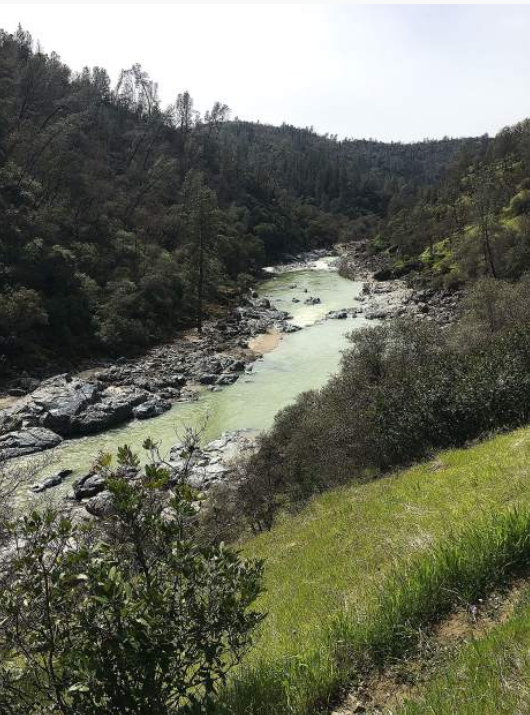
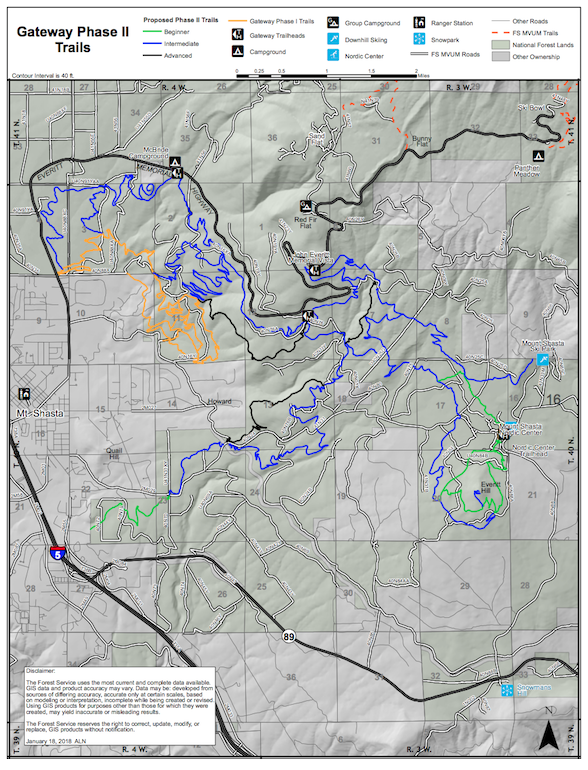
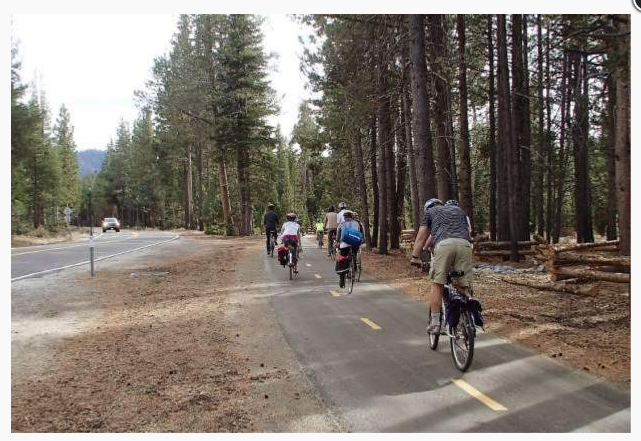

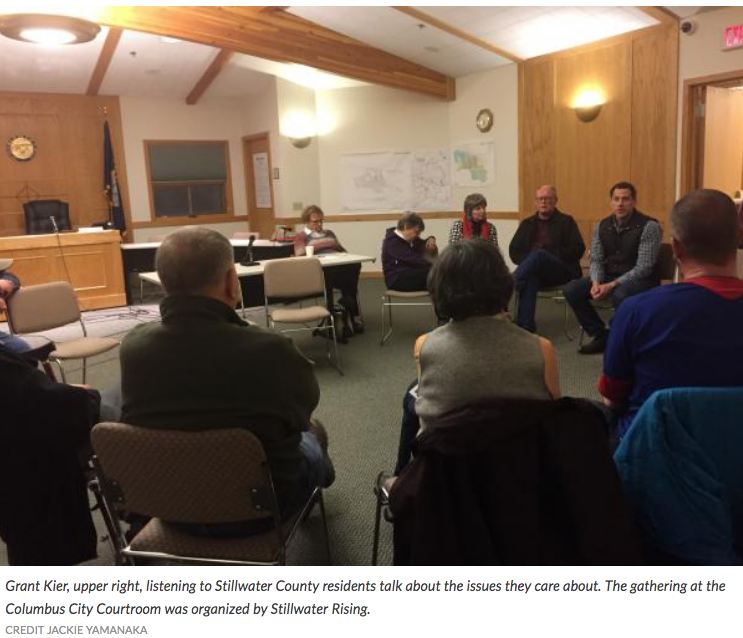
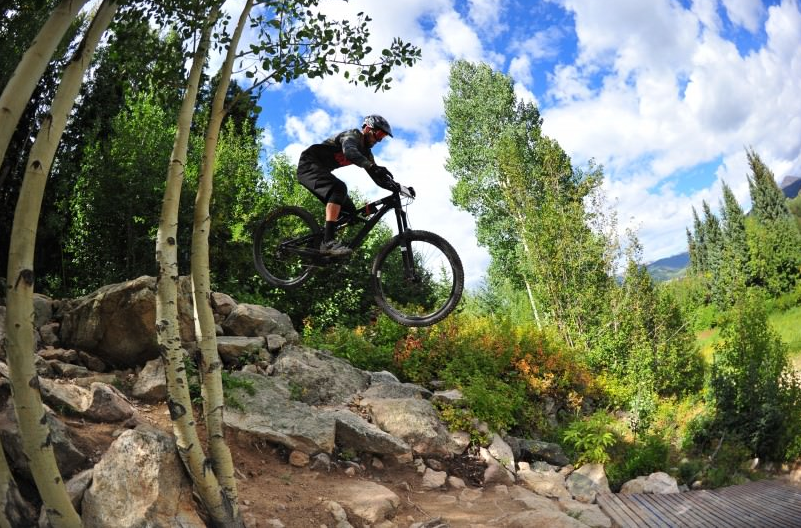
 RSS Feed
RSS Feed